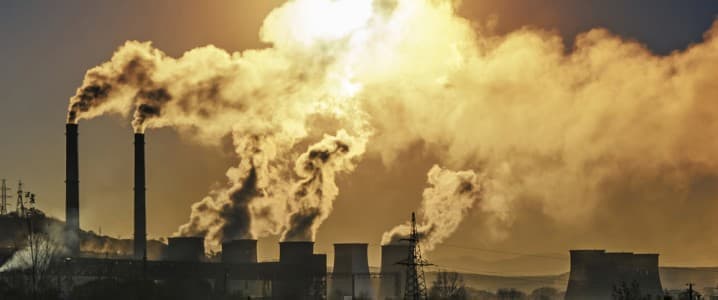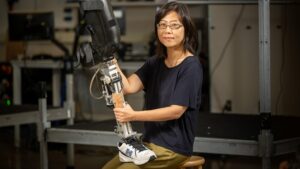
The future of Carbon Capture and Storage (CCS) technology is increasingly in doubt as delays and performance issues raise concerns about its viability. Once heralded as a crucial solution for decarbonising the oil and gas sector, CCS now faces skepticism from scientists and industry stakeholders alike. Recent reports indicate that many CCS projects are not delivering the expected results, prompting questions about whether continued investment in this technology is justified.
CCS involves capturing carbon dioxide emissions from fossil fuel operations, which are then transported and sequestered in deep underground sites. The technology has received substantial support from governments and fossil fuel companies, with projections suggesting that the CCS market could attract up to 80 billion USD in investment by 2030. This funding aims to facilitate the capture of approximately 270 million tons of carbon dioxide annually. Despite these ambitions, many experts argue that CCS is not as effective as initially believed.
A recent assessment indicates that the maximum reduction CCS could achieve in global temperatures is just 0.7 degrees Celsius, falling significantly short of the 5 to 6 degrees Celsius claims made by industry leaders and government officials. The United Kingdom, for example, has committed 40.5 billion USD to CCS initiatives in pursuit of its net-zero emissions target by 2050. The UK government hopes to balance its reliance on fossil fuels with the gradual introduction of renewable energy sources.
Despite the promise of CCS, progress has been hindered by various challenges, including technological delays and escalating costs. Thilo Trabner, a business development manager at the Zurich-based CCS provider ABB, pointed out that “first-of-a-kind technology challenges continue to contribute to delays in some projects.” He added that reliance on subsidies and offtake agreements is essential for the viability of CCS initiatives.
In the UK, a notable project is underway at a gas power plant in Teesside, expected to be operational by 2028. This facility aims to capture up to 95 percent of its emissions, translating to around 2 million tons of carbon dioxide annually, with a capacity to store up to 4 million tons per year. However, a government committee has raised questions about the cost-effectiveness of such projects, warning against an overreliance on CCS at the expense of long-term green energy strategies.
In Switzerland, Climeworks, a leader in the CCS sector, announced in May that it would reduce its workforce by over 10 percent due to economic uncertainty and a decline in momentum for CCS technology. Despite being known for developing the world’s first direct air capture (DAC) facilities, Climeworks recently faced criticism when two of its flagship plants in Iceland captured significantly less carbon dioxide than projected. The company expressed uncertainty regarding the future of a planned third facility in the United States, citing a challenging energy environment.
As interest in DAC technology grows, challenges persist. While DAC is seen as a more advanced solution, it is also considerably more expensive than conventional CCS methods. Recent reviews indicate that DAC technology is struggling to move beyond pilot projects, leading to decreased investment interest. Climeworks reported that its flagship Mammoth plant in Iceland, designed to capture 36,000 tons of carbon dioxide annually, managed to capture only 750 tons during its first ten months of operations.
The outlook for CCS remains uncertain. Although substantial investments have been made in CCS technology by governments and industries, delays caused by technological constraints and high costs may stall progress in the sector. As the world grapples with the realities of climate change, the effectiveness and viability of CCS as a long-term solution will continue to be scrutinized.






